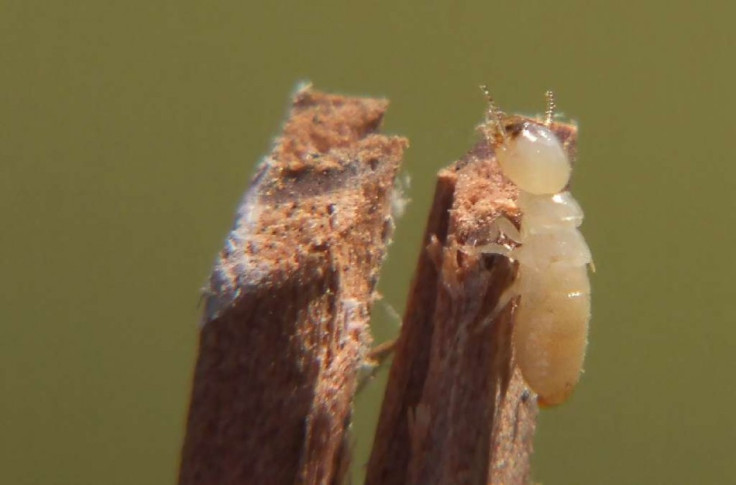Termite mounds check desertification in Africa, Asia and South America

Large termite mounds are crucial to stopping deserts from spreading into semi-arid ecosystems, besides making these areas more resilient to climate change, says new research.
The "pests" slow the spread of deserts by providing a moist refuge for vegetation on and around their mounds.
"This study demonstrates that termite mounds create important refugia for plants and help to protect vast landscapes in Africa from the effects of drought," said Doug Levey, programme director in the National Science Foundation's Division of Environmental Biology, which funded the research.
The study suggests that ants, prairie dogs, gophers and other mound-building creatures could also have important roles in ecosystem health. The co-author of the study calls the termites the lynchpins in the ecosystem.
In the parched grasslands and savannas, or drylands, of Africa, South America and Asia, internal tunnels used by termites to store nutrients and moisture allow water to better penetrate the soil.
As a result of the underground moisture, plants grow on or near the mounds much like they would under rainfall conditions.
Drylands with termite mounds can survive on significantly less rain than those without termite mounds, found the study.
The research studied the fungus-growing termite species, Odontotermes, but the results apply to all types of termites.
Corresponding author Corina Tarnita, a Princeton University ecologist and evolutionary biologist, said that termite mounds also preserve seeds and plant life, which sprout to life when it rains.
In grasslands and savannas, five stages mark the transition to desert, each having a distinct pattern of plant growth. The termite-mound pattern, however, looks deceptively similar to the last and most critical of the five stages.
Noting that the study has implications for the role of other animals, Robert Pringle, an ecologist and evolutionary biologist at Princeton and co-author of the paper, says: "Exactly what each type of animal does for vegetation is hard to know in advance. You'd have to get into a system and determine what is building the mounds and what the properties of the mounds are. I like to think of termites as linchpins of the ecosystem in more than one way. They increase the productivity of the system, but they also make it more stable and more resilient."
Models incorporating physics and mathematics were used to understand how rainfall influences vegetation growth and its persistence in the presence and absence of termites.
© Copyright IBTimes 2025. All rights reserved.





















